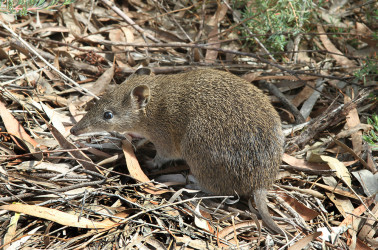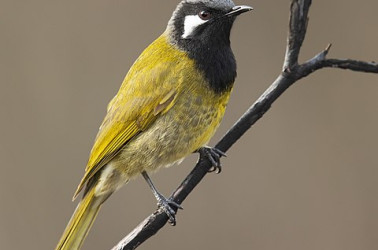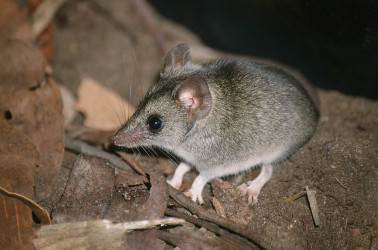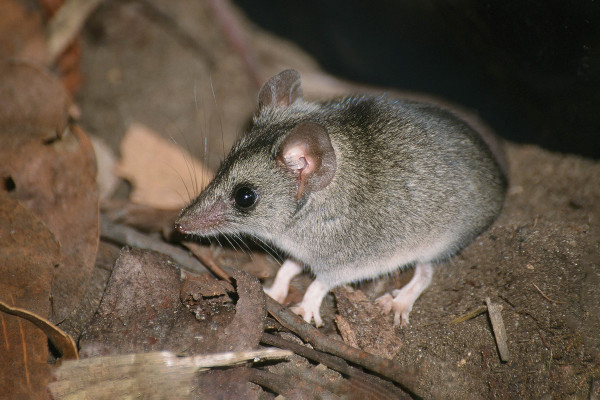Islands harbour some of the world’s most unique, biodiverse ecosystems, and Kangaroo Island in South Australia is no exception.
Restoring an Island Ecosystem The Kangaroo Island Wilderness Project
in collaboration with KI Land for Wildlife
The Project
FAME will be funding critical aspects of KI Land for Wildlife’s (KILfW) work over the next 12 months to increase existing monitoring of threatened species, and provide a clearer picture of best management practices for those that are endangered. These efforts will take place on privately-owned land with a focus on the removal of invasive predators. Working with local landholders, we will create safe habitats to help restore the island’s wilderness.
Why we need to act
FAME has been working on monitoring the last surviving numbers of the Kangaroo Island Dunnart after the bushfires of 2020/21. But recent surveys have identified a number of other local species on the island also at risk, including:
KI Echidna (Endangered)
Southern Brown Bandicoot (Endangered)
KI White-eared Honeyeater (Endangered)
KI Brown-headed Honeyeater (Endangered)
KI White-bellied Whipbird (Endangered)
KI Southern Emu-wren (Endangered)
KI Striated Thornbill (Vulnerable)
KI Little Wattlebird (Vulnerable)
KI Shy Heathwren (Vulnerable)
KI Crimson Rosella (Vulnerable)
Heath Goanna (Vulnerable – State listed)
Threats to the species
The native species of Kangaroo Island face a number of threats including habitat fragmentation and increasing intensity of bushfires, but the most pressing concern for many is the presence of invasive species like feral cats. To make matters worse, cats find it easier to hunt in recently burnt habitat, as available cover is scarce.

Solution and approach
Building on years of partnership with the team on the ground, this new project will focus on:
Collaborating with private landowners to develop best management practices and intensify the efforts to manage feral cats.
More intensive monitoring focussed on Endangered and Vulnerable species.
The development of individual best management practices for their conservation.
Ongoing management of other invasive species such as pigs and weeds, which are causing inestimable damage to native wildlife, both directly and indirectly.
By the end of June 2023, we aim to see a positive increase in species trajectories across the KILfW management zone along with better understanding of long-term trends. The presence and abundance of feral cats and pigs across these zones will be reduced and show a downward trend.
In all, 30 cameras will be maintained, focussed on surveying threatened fauna. Fifteen seasonal biodiversity site surveys will be completed, and radio-tracking of KI Dunnarts and Southern Brown Bandicoots will be reported on. Importantly, 50 cameras will be maintained in the field monitoring feral cat activity to increase our understanding of their prevalence, behaviour and locale.
This project will see some 25,000 hectares protected through feral cat control across four management zones.
FAME is partnering with KI Land for Wildlife’s (KILfW), as well as private landowners on Kangaroo Island.



Latest updates for this project
Follow our cause in saving Australia's endangered wildlife, and receive newsletter updates on the The Kangaroo Island Wilderness Project and other projects and successes.



